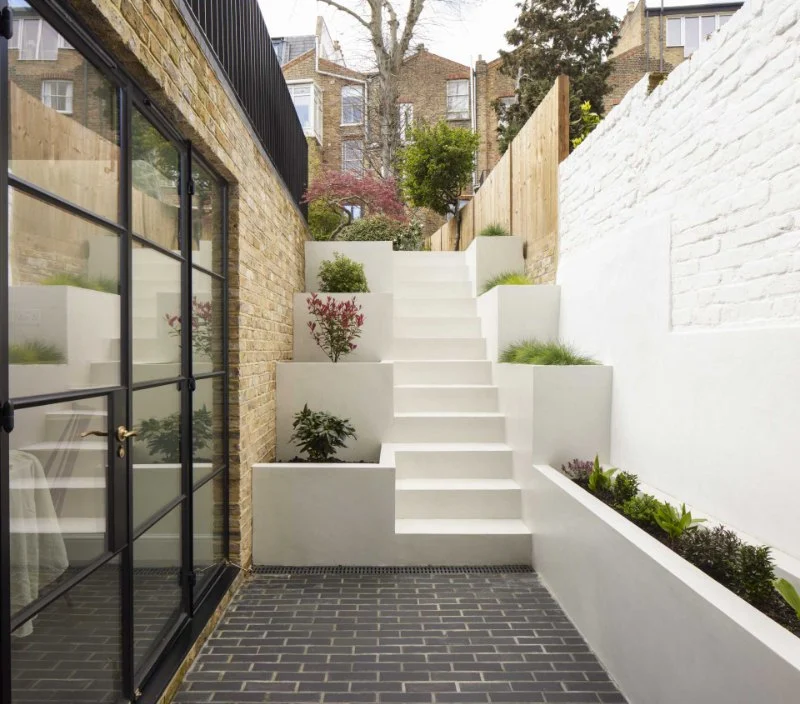
How to Incorporate Steps & Elevation Into Design
Landscape design is an art that combines form, function, and the natural environment. One powerful way to enhance the look and usability of a space is by incorporating steps and elevation into the design. Whether you're working with a sloped yard or want to create visual interest in a flat space, steps and elevation can help define areas, improve accessibility, and add aesthetic appeal. In this article, we’ll explore how to effectively integrate these elements into your design, transforming your outdoor space into a beautiful and functional environment.
vbnetCopy code1-Why Elevation and Steps Are Important in Design
Adding elevation and steps to your landscape design can significantly impact both the look and feel of a space. These elements not only enhance the visual appeal but also serve functional purposes that improve the usability of the space.
Creating Visual Interest
Elevation adds layers to a design, breaking up the monotony of a flat yard. By using steps and varying the heights of different areas, you can create a visually dynamic environment. Elevation can highlight key features such as garden beds, water features, or seating areas, drawing attention to specific elements of your design.
Improved Accessibility
For sloped properties, steps are essential for improving accessibility. Steps help navigate uneven ground safely, ensuring that people can move through the space without difficulty. Whether you’re connecting different areas of a garden or providing access to an upper deck, incorporating steps into the design creates a more functional layout.
Defining Spaces
Elevation can be used to define different functional areas within a landscape. For example, raised garden beds or patios with a slight elevation change can separate different sections of your outdoor space, making the design feel more organized and purposeful. Steps can also act as boundaries, separating the front yard from the backyard or the patio from the lawn.
2-Design Tips for Incorporating Steps and Elevation
When planning steps and elevation in your landscape design, there are several factors to consider. Here are some tips to help you create a design that is both beautiful and practical:
1. Consider the Purpose of the Space
Before adding steps or elevation, think about the intended purpose of the area. Are you designing a functional garden, a relaxing seating area, or a path to a focal point like a fire pit or water feature? The type of space you are designing will influence the height and style of steps, as well as how elevation is incorporated.
2. Choose the Right Materials
The materials you choose for your steps and elevated areas are essential for both aesthetics and durability. Natural stone, brick, and wood are popular materials for outdoor steps. Each material has its own look and feel, so choose one that complements your overall design style. For a modern design, concrete or sleek steel may be ideal, while rustic designs may benefit from the warmth of natural stone or wood.
3. Plan for Safety
While steps can enhance the beauty and functionality of a space, safety should always be a priority. Ensure that the steps are not too steep, with a comfortable rise and tread. Adding handrails or lighting to illuminate the steps at night is also important for safety. If you’re working with a large elevation change, consider adding intermediate landings to break up the height and make navigation easier.
4. Incorporate Landscaping Around the Steps
Steps can be integrated into the landscape design by surrounding them with plants, flowers, or groundcover. Planting along the edges of steps not only softens the look but can also help prevent erosion. Consider planting low-maintenance, drought-resistant plants, especially if you're working with a coastal or dry landscape.
5. Create a Flow Between Levels
The transition between different levels in your design should feel natural and cohesive. You can achieve this by adding paths, ramps, or even terraced planting beds that flow with the overall design. The steps should act as a bridge, connecting different areas while maintaining the flow of the space.
3-Examples of Successful Design Incorporating Steps and Elevation
Let’s look at some real-life examples of how steps and elevation have been successfully incorporated into landscape designs:
1. Terraced Garden Design
In a sloping backyard, a homeowner created a stunning terraced garden. Each level was connected by stone steps, and the elevation changes allowed for a variety of plants to thrive at different heights. The terracing also created distinct zones within the garden, including a vegetable garden, a flower bed, and a small seating area at the top, offering both beauty and functionality.
2. Beachfront Property with Elevated Deck
For a beachfront property, the designer incorporated an elevated deck that offered stunning ocean views. The deck was accessible by a set of wooden steps that blended seamlessly into the surrounding landscape. The slight elevation change helped create a cozy, intimate space while offering a sense of separation from the rest of the yard. Lush, low-maintenance plants were added around the steps, enhancing the natural feel of the environment.
3. Modern Urban Landscape with Staggered Steps
In a modern urban garden, staggered steps were used to navigate the slope of the yard, leading from a lower-level patio to an upper-level garden. The steps were made of sleek concrete with clean lines, and the surrounding area was planted with minimalist greenery to complement the contemporary design. This approach created a striking visual contrast while maintaining a sense of openness and accessibility.
4-Why Beautiful Landscapes Can Help You Design with Steps and Elevation
At Beautiful Landscapes, we specialize in helping homeowners design outdoor spaces that are both functional and beautiful. Whether you're looking to incorporate steps and elevation into your landscape or need guidance on selecting the right materials, our team of experts can help. We offer design services, consultation, and product recommendations to ensure that your outdoor space is everything you envision. Visit us today to learn more and start planning your dream landscape!
Conclusion
Incorporating steps and elevation into your design can elevate the visual appeal, functionality, and accessibility of your outdoor space. By considering the purpose of the space, choosing the right materials, and planning for safety, you can create a landscape that flows naturally and enhances your property’s beauty. Whether you’re designing a garden, a path, or an outdoor entertainment area, steps and elevation are key elements that bring depth and structure to your design. If you’re ready to transform your landscape, Beautiful Landscapes is here to help you bring your vision to life.



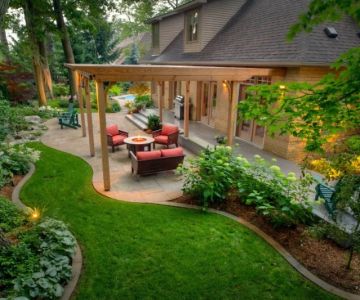




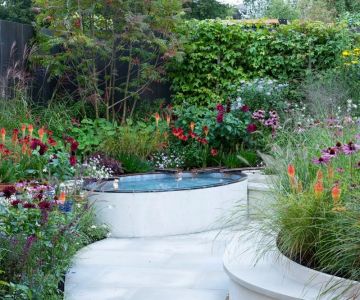
 C & H Mowing4.0 (3 reviews)
C & H Mowing4.0 (3 reviews) Josh D Landscaping & Design4.0 (4 reviews)
Josh D Landscaping & Design4.0 (4 reviews) Wilson Landscape Inc3.0 (3 reviews)
Wilson Landscape Inc3.0 (3 reviews) Platinum Patio and Pavers5.0 (31 reviews)
Platinum Patio and Pavers5.0 (31 reviews) From The Ground Up Landscapes4.0 (9 reviews)
From The Ground Up Landscapes4.0 (9 reviews) Benton’s Garden and Landscaping Center & Sweet Peas Gift Shop4.0 (17 reviews)
Benton’s Garden and Landscaping Center & Sweet Peas Gift Shop4.0 (17 reviews)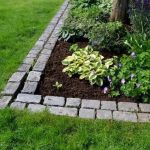 How to Use Perennial Borders to Frame Walkways
How to Use Perennial Borders to Frame Walkways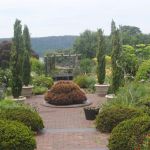 How to Use Structural Plants for Yearly Framework
How to Use Structural Plants for Yearly Framework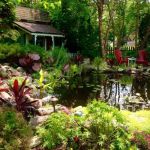 How to Landscape for Seasonal Wildlife Attraction in Your Garden
How to Landscape for Seasonal Wildlife Attraction in Your Garden How to Prevent Soil Erosion Naturally Without Retaining Walls
How to Prevent Soil Erosion Naturally Without Retaining Walls How to Use Container Planting in Small Spaces for a Beautiful Garden
How to Use Container Planting in Small Spaces for a Beautiful Garden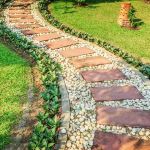 How to Build a Pathway That Blends With Nature: A Step-by-Step Guide
How to Build a Pathway That Blends With Nature: A Step-by-Step Guide